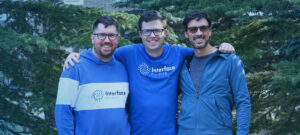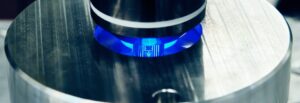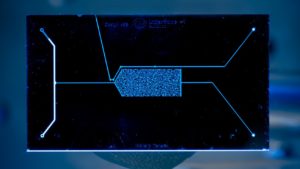When you think about a technology company that serves heavy industry, what kind of backgrounds do you think the employees have? Many people would assume that it’s a company full of engineers. But at Interface, the employee base is made up of a diverse group of individuals with unique backgrounds – myself included.
When I graduated in late 2018 with a PhD in Astronomy, I knew that finding a career outside of academia would require me to be creative and flexible. Unlike many scientific fields, astronomy does not have a parallel stream of non-academic research. Private companies whose portfolio potentially includes space (such as aeronautics/rocketry companies like SpaceX) are primarily interested in individuals with engineering expertise rather than the scientific expertise someone like myself has in extrasolar phenomena. That said, my education and research in astronomy has prepared me with transferable skills that are useful outside of an academic context.
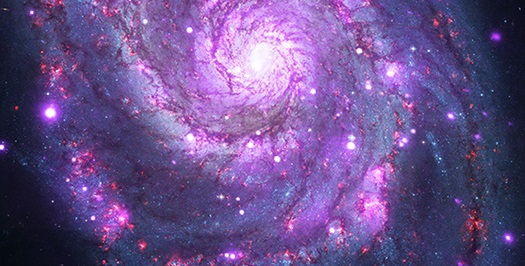
Astronomical images have a number of similarities to the fluorescence images used in microfluidics experiments. Raw images taken by cameras and telescopes are typically not useful, and require significant amounts of processing (also called reduction) before they can be used for scientific or visualization purposes. For example, astronomical images prepared for consumption by the public require false colour added to them to highlight detail and visualize wavelengths that our eyes cannot perceive.
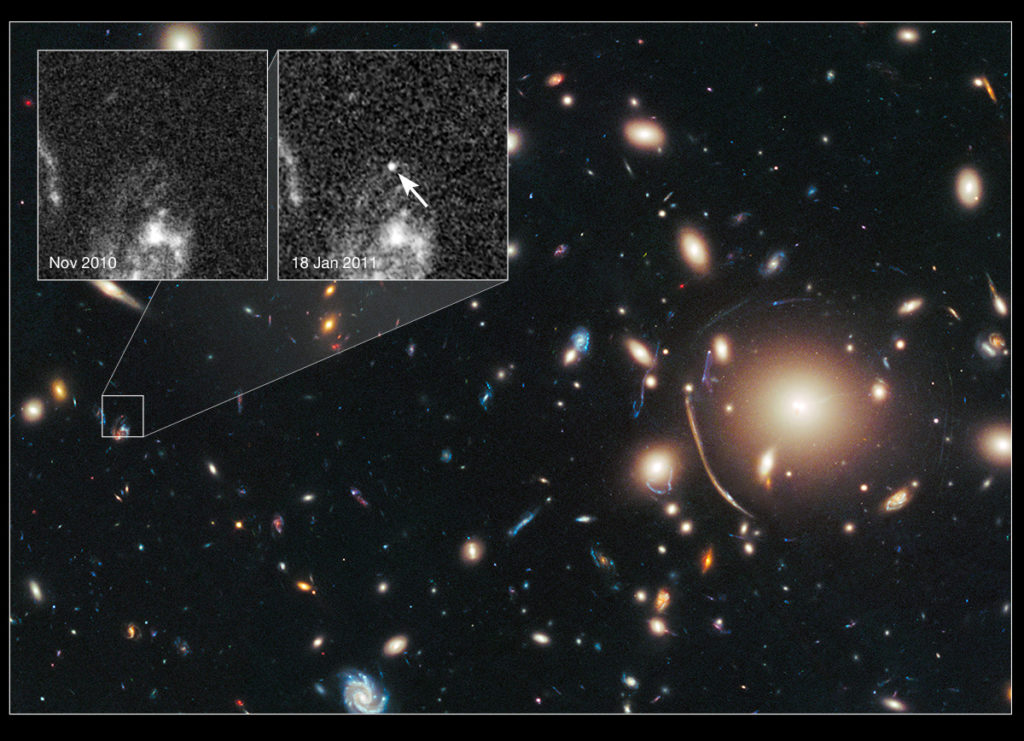
In addition, most of the pixels in both astronomy and microfluidics images are background – in the case of astronomy images, this is the night sky, while in our microfluidic chips, the dark areas are usually unused portions of the silicon chip. Unlike conventional photography, the majority of the light collected in both is from emitted light rather than reflected light. Much of my day to day work at Interface requires a strong programming background, which is needed in astronomical research and microfluidics to prepare photos and videos for analysis and consumption by the public/clients. There are other skills that astronomy graduates possess that are useful to companies like Interface – and graduates may not even realize these are skills that companies look for in potential candidates. Here’s a short list I’ve noted in my work so far:
Skills you might find on an Astronomy PhD’s Resume
- Extracting useful results from messy and/or incomplete data
- Combining different types of data to make a useful science conclusion
- Using and understanding existing software tools with the ability to combine them into an analysis pipeline
- Creating software tools or modifying existing ones based on a specific science or business case, such as analysis using a specific mathematical model from scientific literature
- Performing cautious error calculation and statistical analysis of data
- Carefully integrating the understanding of hardware and instrumentation into interpretations of data
- Writing clean, effective, and readable code that can be easily interpreted and modified by others
- A willingness and ability to quickly become familiar with whatever software tools are needed to get results
- Developing accessible visualizations that illustrate the key results of a study in a way that can be easily parsed by a layperson
There are a number of crucial differences between microfluidics research and astronomy research that I have had to adjust to as I have pursued a career working in microfluidics. Firstly and most importantly, the vast majority of astronomy research cannot be conducted in a lab. At Interface, I work closely with, and learn from, trained lab staff who conduct the experiments and lead the analysis. Compared with my academic career, where I was leading research and supported by university and telescope staff, I am now supporting and refining the analyses done in the lab. Secondly, microfluidics experiments typically have very short time frames and can be completed in hours or days. Most astrophysics phenomena evolve on massively long time scales, billions of years or more. In astro, we must instead use a large population of similar objects to infer the behaviour of objects over these long time scales.
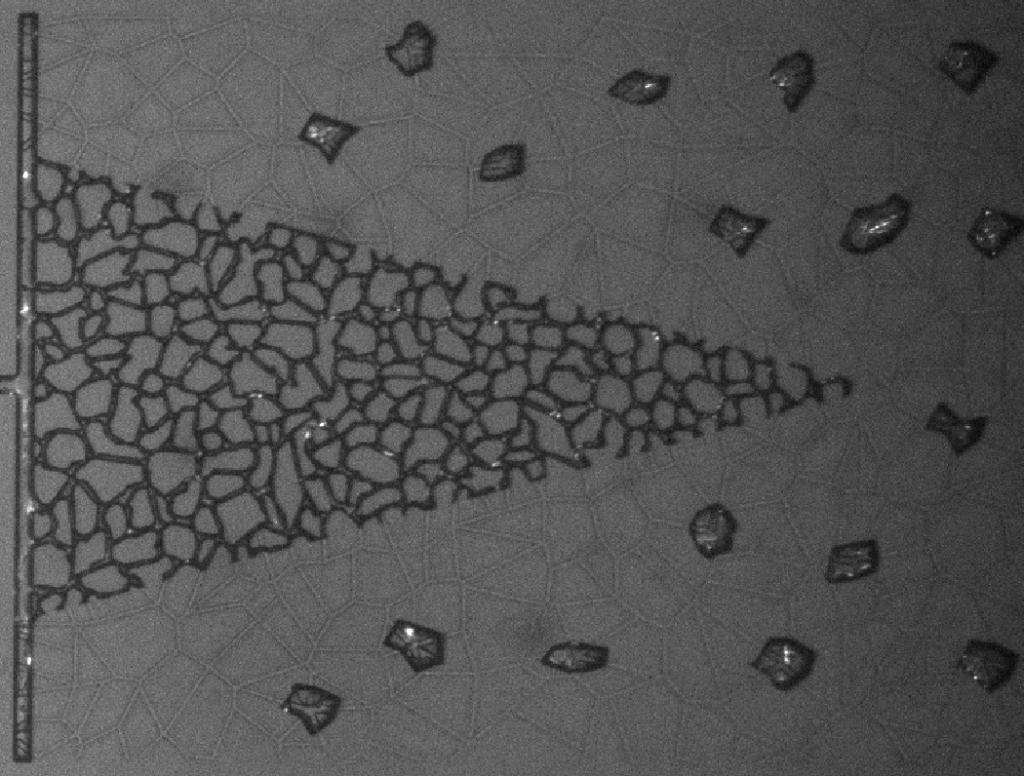
In the face of uncertainty and changing global markets, individuals with unconventional educational and scientific backgrounds, such as academic astrophysics, can provide lateral thinking for companies – this can help traditional industries change and innovate while remaining competitive. For Interface in particular, we rely on the use of direct imaging of our microfluidics experiments in order to help clients understand the chemistry, geology, and dynamics of their systems. This kind of unconventional data within the industry necessitates having unconventional expertise – like mine – to help process, analyze, and interpret the data. More broadly speaking, companies like Interface produce a very large amount of data, and astronomers have had to create, manage, and analyze large datasets for a much longer time than many scientific fields. Though my career path thus far has been different than what I expected going into my PhD work, I have found it fulfilling on many levels, and I look forward to the continued growth that I will have working in microfluidics!
Interested in learning more about Interface? Connect with us today.
Interested in learning more about Robin and his career? Connect with him on LinkedIn.


